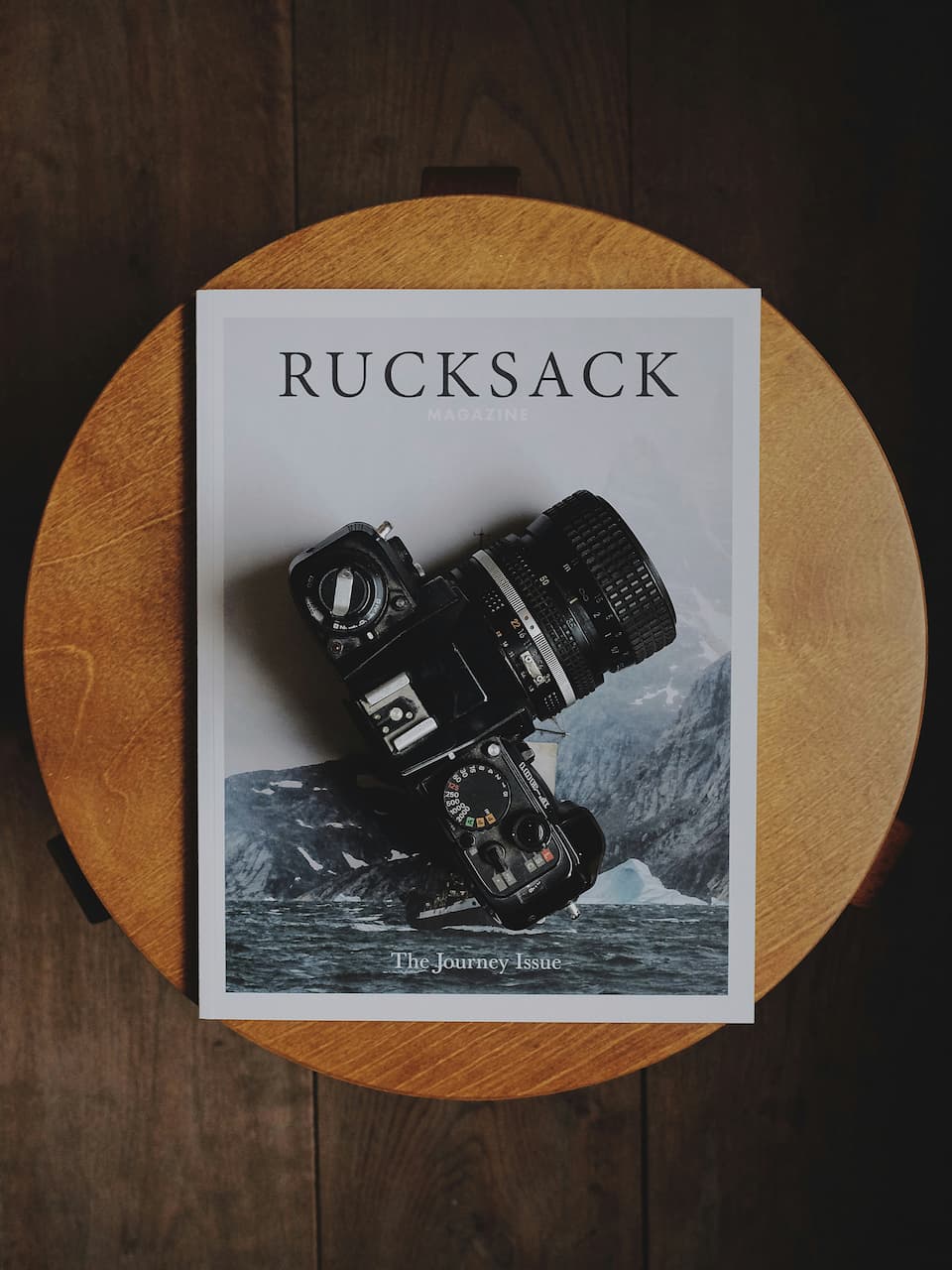Photography, as a form of visual art, goes beyond mere documentation of reality; it is a powerful medium for artistic self-expression and communication. Unlike other visual arts, photography has a unique ability to capture moments in time with striking immediacy. However, the most impressive photographs transcend technical perfection; they tell stories.
The power of storytelling in photography
Narrative in photography refers to how images are used to convey a story. Elements of photographic storytelling include subject, composition, lighting, and context. A successful narrative not only depicts a scene but also invites viewers to explore its underlying themes, emotions, and meanings. Well-crafted storytelling enhances the emotional impact of photographs, providing context and depth. It allows viewers to connect with the subject on a personal level, experiencing the emotions and stories behind the image. For example, a photograph of a war-torn landscape is powerful on its own, but understanding the stories of the people who lived there adds a profound emotional layer.
Storytelling techniques in photography
Composition and framing are essential techniques for creating a narrative in photography. These techniques allow photographers to control the viewer’s perception and form a certain attitude towards the depicted scene. These methods include: the rule of dividing the frame into 3 parts, leading lines and selective focus. These elements help highlight key narrative elements in a scene.
Lighting and color play a key role in creating emotion. Soft, warm lighting can evoke intimacy and nostalgia, immersing the viewer in a cozy atmosphere. This type of lighting is often used in portrait photography to highlight the natural beauty of the subject. Conversely, harsh, dramatic lighting can convey tension and drama by creating contrasts and shadows that enhance the sense of dynamism in the frame. Color can be used effectively in the same way. For example, red is often associated with strong emotions such as love or aggression, and its use can greatly enhance the emotional impact of a photograph. Meanwhile, cool tones such as blue and green can evoke a feeling of calm, highlighting the harmony and natural beauty of the scene.
The role of theme and context in storytelling
Theme and context are crucial in storytelling, as they determine the depth and layers of the narrative. The choice of subject, combined with the background and surrounding elements, creates a holistic picture that helps the viewer better understand the essence of what is happening. Context enriches the narrative by providing insights into the subject’s life and environment. It helps the viewer see not only the external manifestations but also the inner world of the subject, their experiences, and emotions.

The role of storytelling in different photography genres
In documentary photography, storytelling is of paramount importance. Photographers document real events, often with the aim of informing and inspiring action. Narrative in documentary photography provides context and meaning, helping viewers understand the significance of the depicted events.
Portrait photography focuses on conveying the essence of a person. Through thoughtful composition, lighting, and interaction with the subject, photographers can reveal personal stories and emotions, offering viewers a glimpse into the subject’s life and personality.
Landscape photography goes beyond capturing beautiful scenery; it tells the story of a place. Considering elements such as weather, time of day, and human impact, photographers can convey the story, mood, and character of the landscape.
Street photography excels at capturing candid, unposed moments reflecting the spontaneity of everyday life. These images often tell stories about the human condition, social interactions, and cultural contexts, providing a raw, unfiltered view of the world.
Conclusion
Storytelling is a vital component of compelling photography. By incorporating narrative elements, photographers can transform ordinary images into vivid stories that resonate with viewers. Story-based photographs leave a lasting impression, inviting viewers to engage, reflect, and communicate on a deeper level.
